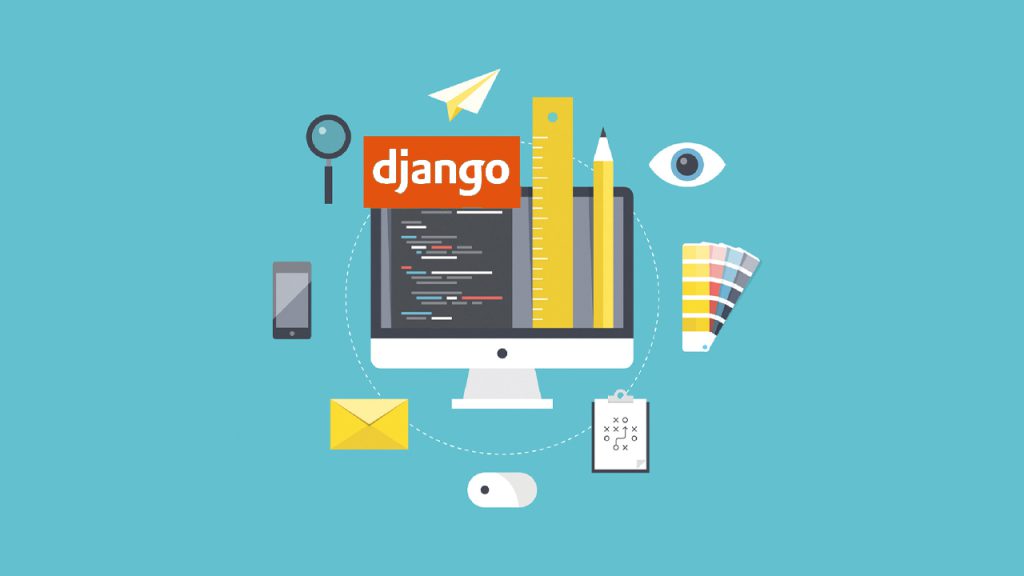Introduction
Django is a popular web framework for developing web applications in Python. It is powerful, flexible, and can handle complex web applications. In this blog post, we will discuss how to initialize a new Django project.
Prerequisites
Before we begin, ensure that you have the following prerequisites:
- Python 3 installed on your machine
- pip package manager installed
- A text editor or Integrated Development Environment (IDE)
Step 1: Install Django
To start a new Django project, you need to install Django on your machine. You can do this by running the following command in your terminal:
pip install django
This will install the latest version of Django on your machine.
Step 2: Create a new Django project
Once you have Django installed, you can create a new Django project using the django-admin command. Navigate to the directory where you want to create the project and run the following command:
django-admin startproject myproject
This will create a new Django project named myproject. The startproject command creates a new directory with the same name as your project, which contains several files and directories.
Here is what the directory structure of a new Django project looks like:
markdownCopy codemyproject/
├── manage.py
└── myproject/
├── __init__.py
├── asgi.py
├── settings.py
├── urls.py
└── wsgi.py
manage.py: A command-line utility that lets you interact with your Django project.myproject/: The root directory of your project.__init__.py: An empty file that tells Python that this directory should be considered a Python package.asgi.py: A file that specifies how your Django application should handle asynchronous web requests.settings.py: A file that contains the settings for your Django project.urls.py: A file that contains the URL patterns for your Django project.wsgi.py: A file that specifies how your Django application should handle web requests.
Step 3: Configure the database
By default, Django uses SQLite as its database backend. If you prefer to use a different database, you need to configure it in the settings.py file.
To use PostgreSQL as your database backend, for example, you need to install the psycopg2 package and update the DATABASES setting in settings.py:
pythonCopy codeDATABASES = {
'default': {
'ENGINE': 'django.db.backends.postgresql',
'NAME': 'mydatabase',
'USER': 'mydatabaseuser',
'PASSWORD': 'mypassword',
'HOST': 'localhost',
'PORT': '5432',
}
}
Step 4: Create a new Django app
Django applications are modular components that make up your Django project. To create a new Django app, run the following command:
python manage.py startapp myappThis will create a new Django app named myapp. The startapp command creates a new directory with the same name as your app, which contains several files and directories.
Here is what the directory structure of a new Django app looks like:
markdownCopy codemyapp/
├── __init__.py
├── admin.py
├── apps.py
├── models.py
├── tests.py
└── views.py
__init__.py: An empty file that tells Python that this directory should be considered a Python package.admin.py: A file that defines the administration interface for your app’s models.apps.py: A file that contains the configuration for your app.models.py: A file that defines your app’s database models.tests.py: A file that contains your app’s unit tests.views.py: A file that contains your app’s views, which handle HTTP requests and return HTTP responses.
Step 5: Configure the app
Once you have created a new Django app, you need to add it to your project’s INSTALLED_APPS setting in settings.py. Open settings.py and add your app’s name to the list of installed apps:
INSTALLED_APPS = [ 'myapp', ...]
This tells Django to include your app in the project.
Step 6: Run the development server
To run your Django project, navigate to the root directory of your project and run the following command:
python manage.py runserver
This will start the development server on http://localhost:8000/. Open your web browser and navigate to this URL to see the default Django welcome page.
Conclusion
Initializing a new Django project involves several steps, but they are straightforward and easy to follow. Once you have created your project, you can start building your web application by creating new apps and defining your models, views, and templates. Good luck on your journey with Django!



